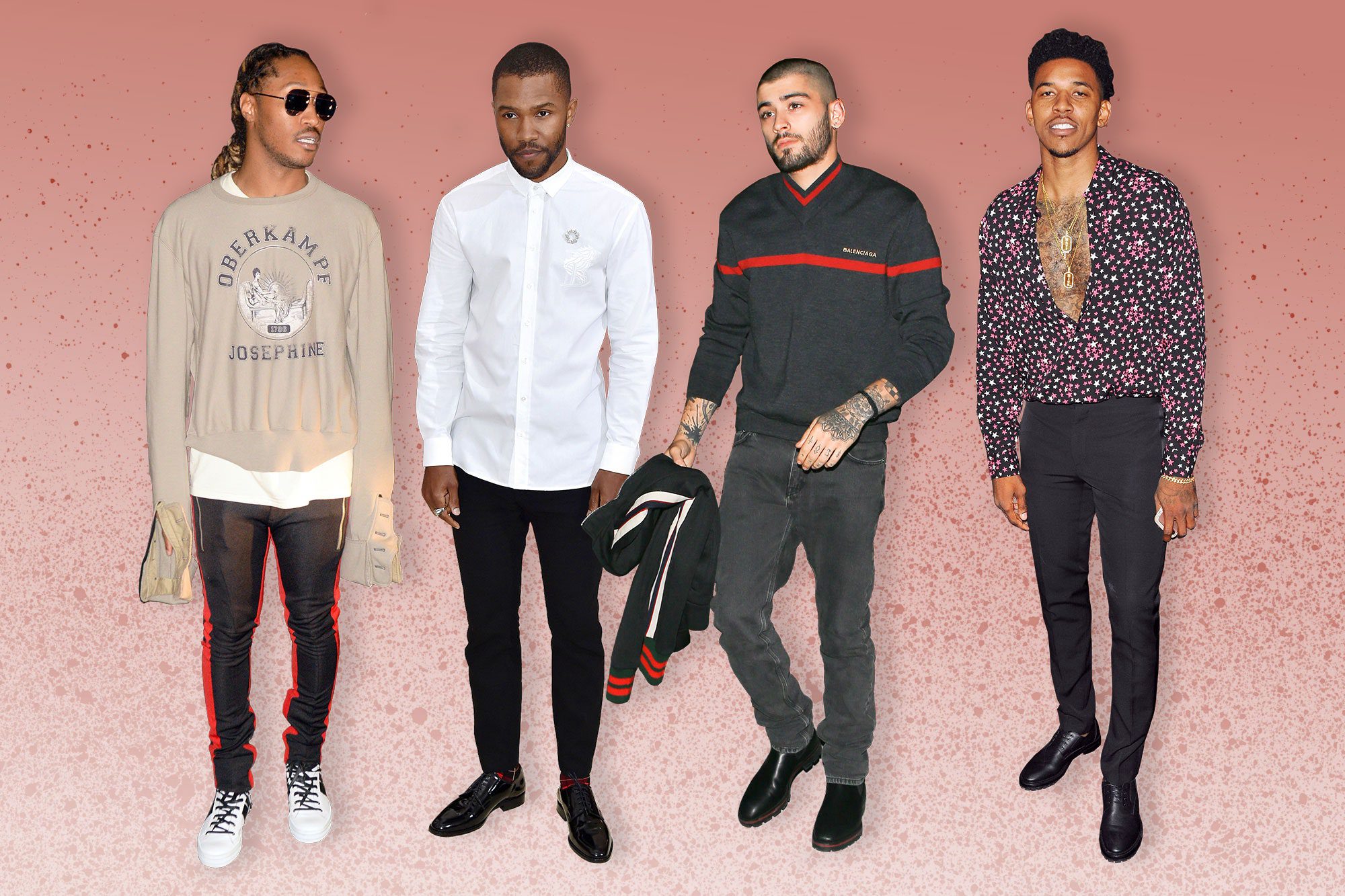Streetwear and high-fashion are two major aspects of the fashion industry. Streetwear originated in California in the 1980s and is associated with graffiti, hip-hop, and street art. Its design aesthetic is casual and comfortable, with bold and colorful graphics, oversized fits, and emphasis on functionality. Streetwear targets a broad audience from teenagers to adults, particularly hip-hop artists and skateboarders. High-fashion dates back to the 19th century and is characterized by luxury materials, intricate details, clean lines, and fitted silhouettes. It targets a smaller, exclusive audience willing to pay high prices for luxury items. Streetwear is generally more affordable, while high-fashion is associated with glamour and opulence. Both play important roles in shaping the fashion landscape.
Streetwear vs. High-Fashion: A Fashion Showdown
Introduction
Fashion is a statement of personal style and expression. It is an ever-changing, dynamic industry that encapsulates culture, lifestyle, and trends. Streetwear and High-Fashion are two major aspects of this industry that have been constantly evolving over time. Streetwear presents a more casual and comfortable image, while High-Fashion exhibits luxury and extravagance.
Streetwear
Origin and Meaning
Streetwear has its roots in the California skate culture of the 1980s, and it is a reflection of the youth fashion genre. It was initially identified with graffiti, hip-hop, and street art. Streetwear is usually composed of graphic t-shirts, hoodies, sneakers, joggers, and denim. It has now evolved into an entire subculture that includes underground fashion labels, music, and art.
Design Aesthetic
Streetwear tends to be more comfortable and casual than High-Fashion, with a focus on functionality and practicality. It is characterized by bold and colorful graphics, oversized fits, and baggy styles. The logo is an essential component of streetwear, with many brands displaying their logos prominently on their clothing.
Target market
The streetwear audience includes a wide range of people, from teenagers to adults. It is particularly popular among hip-hop artists, skateboarders, and sneaker enthusiasts. Companies like Supreme, Bape, and Palace are some of the popular streetwear brands.
High-Fashion
Origin and Meaning
High-Fashion dates back to the 19th century when luxury brands such as Hermes and Louis Vuitton gained prominence. It is often associated with stylish and sophisticated clothing that is made from expensive fabrics and materials. High-Fashion is a reflection of the current culture and lifestyle, and it often responds to current events.
Design Aesthetic
High-Fashion is typically characterized by clean lines, fitted silhouettes, and an emphasis on luxury materials such as silk, cashmere, and leather. It is known for its intricate details, such as hand-made embroidery or beading.
Target market
High-Fashion primarily targets wealthy individuals who can afford to spend thousands of dollars on clothing. It is not mass-produced in the same way that streetwear is, and designers often create exclusive collections for their clientele. High-Fashion brands such as Chanel, Gucci, and Prada are synonymous with luxury and exclusivity.
Comparing and Contrasting Streetwear and High-Fashion
Target markets
Streetwear and High-Fashion vary significantly in their target audience. Streetwear is designed to appeal to a broader audience, including teenagers and young adults. High-Fashion, on the other hand, is designed for a smaller, more exclusive group of people who are willing to pay high prices for luxury items.
Design aesthetic
Streetwear and High-Fashion also differ in their design aesthetics. Streetwear is usually more relaxed and casual, while High-Fashion tends to be more refined and structured. High-Fashion is often characterized by intricate details and luxury fabrics, whereas streetwear usually consists of bold graphics and comfortable materials.
Pricing
The pricing of Streetwear and High-Fashion also varies significantly. Streetwear is generally more affordable, with prices ranging from $20-$200, while High-Fashion is much more expensive, often costing thousands of dollars.
Culture
Streetwear and High-Fashion are both reflective of the culture and lifestyle of their target audience. Streetwear is often associated with hip-hop music and street art, while High-Fashion is linked to glamour and opulence.
Conclusion
Streetwear and High-Fashion are both critical components of the fashion industry, with their unique design aesthetics and target markets. While streetwear is often more accessible and affordable, High-Fashion is associated with luxury and exclusivity. Ultimately, both streetwear and High-Fashion play a significant role in shaping our fashion landscape, and their influence is likely to endure for years to come.
